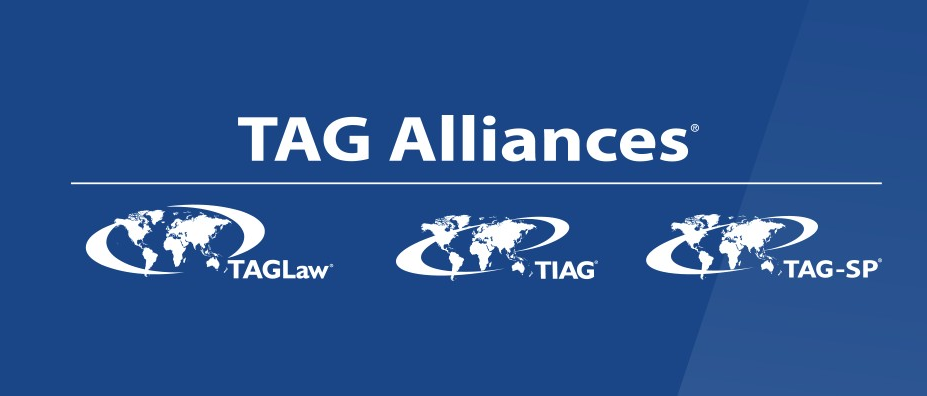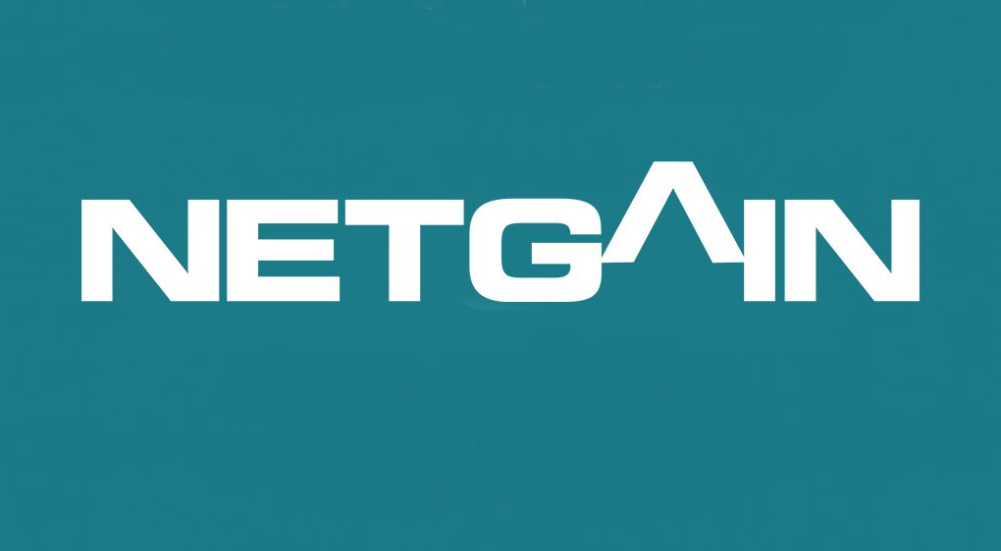From the May 2022 issue.
The past two years have been anything but simple. So, it may seem ironic that simplification is the new way to navigate the increasing complexity of the business. Automated, digital solutions provide a pathway to alleviate this pressure while helping decision-makers pivot quickly in rapidly changing environments.
As tax season finishes, a series of trends in the accounting profession has emerged to inform the best growth strategies for business in 2022.
- Automation of financial processes
- Increased cross-departmental collaboration
- Enterprise-wide digital transformation informed through data unification, Artificial Intelligence (AI) & Machine Learning (ML), and cloud adoption
- Business performance measurement paired with companies’ willingness to streamline financial planning and analysis through innovative, easy-to-use technology
Of all the trends observed, digital transformation is one of the most long-standing, most well-known, and essential strategies to keep pace with increasing complexity. Of course, automation will never replace human input; but it will enhance it. And it is the first step to truly embracing digital transformation.
In financial data management, Gartner predicts that 70% of new financial planning and analysis (FP&A) projects are destined to become extended planning and analysis (xP&A) projects by 2024. That means overall business planning will go beyond the Office of Finance, requiring Finance’s increased collaboration with the rest of the enterprise. As a result, modern tools and more efficient processes that provide better cross-departmental insights will be essential. In the past, financial planning & analysis fell under the rubric of planning, budgeting, forecasting, and performance management. However, the challenges of the past two years have illustrated the importance of embracing in FP&A what digital transformation offers to cross-functional planning and analysis for more efficient collaboration beyond the Finance function.
The world is still very much in recovery mode after a debilitating pandemic. But as we look to the future, there is a reason for hope. With this forward-thinking mindset, the focus for the accounting profession in 2022 will be on automating planning and budgeting functions across the organization to be appropriately equipped to implement digital transformation.
Digital transformation is a journey, not a quick sprint. By analyzing milestones unique to your organization, decision-makers can identify which stage they are in toward a full-blown digital revolution.
Measuring your company’s digital-readiness temperature
Digital readiness can be measured by looking at company culture, existing structures, and desired automated targets. Below is a guide you can use to check your own organization’s readiness.
#1: Company culture
Although the C-suite might have already recognized the need for digital solutions, employees may not have yet. Communicating the benefits of digitalization is essential for garnering employee support along the digital transformation journey. Success comes from the inside out.
With a global team of over three hundred people, PPRO is the global payments industry’s trusted provider of local payments infrastructure. In over one hundred e-commerce markets worldwide, companies at the forefront of payments technology leverage PPRO’s unified platform, expert services, and local payment methods to boost sales. In 2020 alone, PPRO processed over $11 billion for its customers, including Citi, Mollie, PayPal, Worldpay, and many more.
PPRO decided to digitalize its planning process into a singular, unified solution. The initiative required increased collaboration from the finance department and across the entire enterprise. Now sixty users in fifteen departments across twenty locations worldwide routinely collaborate using a modern digital solution for their daily planning, reporting, and analysis. The solution’s architecture translates into truly unified FP&A processes, which allow for better collaboration and transparency across the entire organization.
Temperature check: How much does your company culture rely on collaboration and transparency for success, and what do you need to advance that process?
Multi-level buy-in is one challenge to building a collaborative environment. But if the existing structures for planning and budgeting contain rigid silos, they can present one of the most significant obstacles to faster, more accurate processes. Conversely, breaking down silos is where automation and streamlined integration with real-time data supports transformation.
#2: Rigid data silos
According to a 2021 statement by Gartner, large enterprises are struggling the most with the digital transformation journey, claiming it is taking them at least twice as long to implement these initiatives that are costing twice as much as they initially expected. A great deal of the struggle points to the company culture. But another issue is how data is managed and analyzed. A unified solution, such as the one PPRO implemented, helps break down data silos for real-time access on any device.
According to one report by MuleSoft, 89% of IT leaders have identified rigid data silos as the main driver hindering digital transformation initiatives. Unified solutions save time and provide cross-departmental access to data, which breaks down those silos and allows for a more cohesive, collaborative approach. In turn, CPAs can analyze data for faster planning, budgeting, and reporting with more accurate results.
Temperature check: How integrated is the accounting department with the rest of the enterprise? How user-friendly are the existing tools for your top talent in Finance and accounting? Do they make their jobs easier, or do they have to rely heavily on the IT department? In short, how stuck is your data?
#3: Automation
According to a study by CFO Research and FTI Consulting, 52% of those surveyed eliminated manual processes through automation as a top priority. Another 40% stated that the pandemic significantly impacted cost management, financial planning and analysis, budgeting, and forecasting processes. And more than one-third claimed that technology adoption, accounting, and financial reporting were greatly affected. But only 27% said that at least one in five finance team members worked remotely, indicating that automation has yet to reach its full potential.
Temperature check: Which manual processes can you replace in your organization through automation?
Automation done for automation’s sake does not create value. Repetitive tasks can and should be automated to support both efficiency and effectiveness for accounting professionals. However, other tasks subject to frequent change may require more agility than automation can offer and should be weighed carefully.
Melding automation with human collaboration can increase business performance and resilience, which are critical components to an organization’s financial health. In addition, other tools such as Artificial Intelligence (AI) and Machine Learning (ML) tools offer even more powerful automation and predictive capabilities to support accelerating the digital enterprise.
#4: Artificial Intelligence and Machine Learning
AI and ML solutions are transformative to the finance function. Modern CPAs recognize the value of bringing people and predictive technologies together to position finance and accounting as strategic business partners. Valuable insights often sit untouched in an organization’s data. How do you extract that value? Businesses with access to data analysis from crucial source systems in real-time have a competitive advantage. CPAs can utilize AI capabilities to achieve higher quality insights and automation in planning, budgeting, and forecasting, and recommendations for improving performance management. AI and ML open the door to augment the entire accounting profession by helping identify critical drivers for simulating the future of the business.
Temperature check: How much time do you spend on current manual tasks?
Specific maturity markers can help identify where an organization is on its digital transformation journey. When examining how best to digitalize your planning, reporting, and forecasting processes, it is worthwhile to check where your company is in its journey.
Three Tiers of Maturity for Digital Transformation
Tier one:
Manual-based planning processes
Excel is the primary tool in the planning process, and manual data collection is a repeatable, everyday task. As a result, juggling multiple spreadsheet iterations and tossing them back and forth to colleagues are regular occurrences.
Tier two:
A hybrid of manual and digitalized processes
Automation plays a role, usually in updating data. You could transform manual processes into automated ones that have not yet been replaced, but increased collaboration is possible. However, not all data and KPIs are readily available.
Tier three:
Fully digitalized planning processes
Automated processes have replaced all manual, repeatable tasks. Cross-departmental access to real-time insights has been achieved. Top-down and bottom-up planning are in sync. All data, drivers, and KPIs are available, even through mobile applications.
Digitalization does not add business value by itself. Planning processes must center around collaboration, business logic, and data integration for real digital transformation to happen. Tools in the market assist in digitalization and collaboration, such as Jedox in the EPM (Enterprise Performance Management) market.
Why automation?
Aside from efficiency, automation brings with it another benefit: an opportunity for employees to augment their skill set, free up valuable time and resources, and focus on more strategic, value-added tasks. As early as 2018, McKinsey reported that automation and AI-based solutions would bring higher productivity, improved business performance, and a greater need for new skill sets by 2030. Reskilling will involve not only digital skills but also cognitive and emotional skills such as critical thinking and communication or, as McKinsey experts like to call it, “soft skills for a hard world.” This transition is already starting to happen.
The new workforce
The future of work has already arrived. Through lockdowns and quarantines, many companies switched to a home office environment to protect employees while keeping the business running. In-person meetings morphed into on-screen ones, leaving unprepared companies scrambling to find digital alternatives. But even essential on-site employment has changed. Likewise, demand for physical labor, especially in the manufacturing industry, is evolving.
It doesn’t matter the industry, whether in manufacturing, retail, or banking. Automated processes – even in small businesses — offer the opportunity to optimize resources, allowing employees to spend more time on strategy and value creation that improves long-term business performance. As a result, companies will rely more heavily on these solutions’ collaboration. With the right tools in place, we will simplify the future of accounting by eliminating rigid data silos, adding automation, and leveraging artificial intelligence and machine learning.
=====
Randy Johnston has been an entrepreneur, technologist, and teacher for most of his career. He has helped start and run many businesses, and founded Network Management Group, Inc. and owns half of K2 Enterprises. He has written for accounting and technology publications for four decades, and for CPA Practice Advisor since 2000.
Thanks for reading CPA Practice Advisor!
Subscribe Already registered? Log In
Need more information? Read the FAQs
Tags: Artificial Intelligence, Benefits





